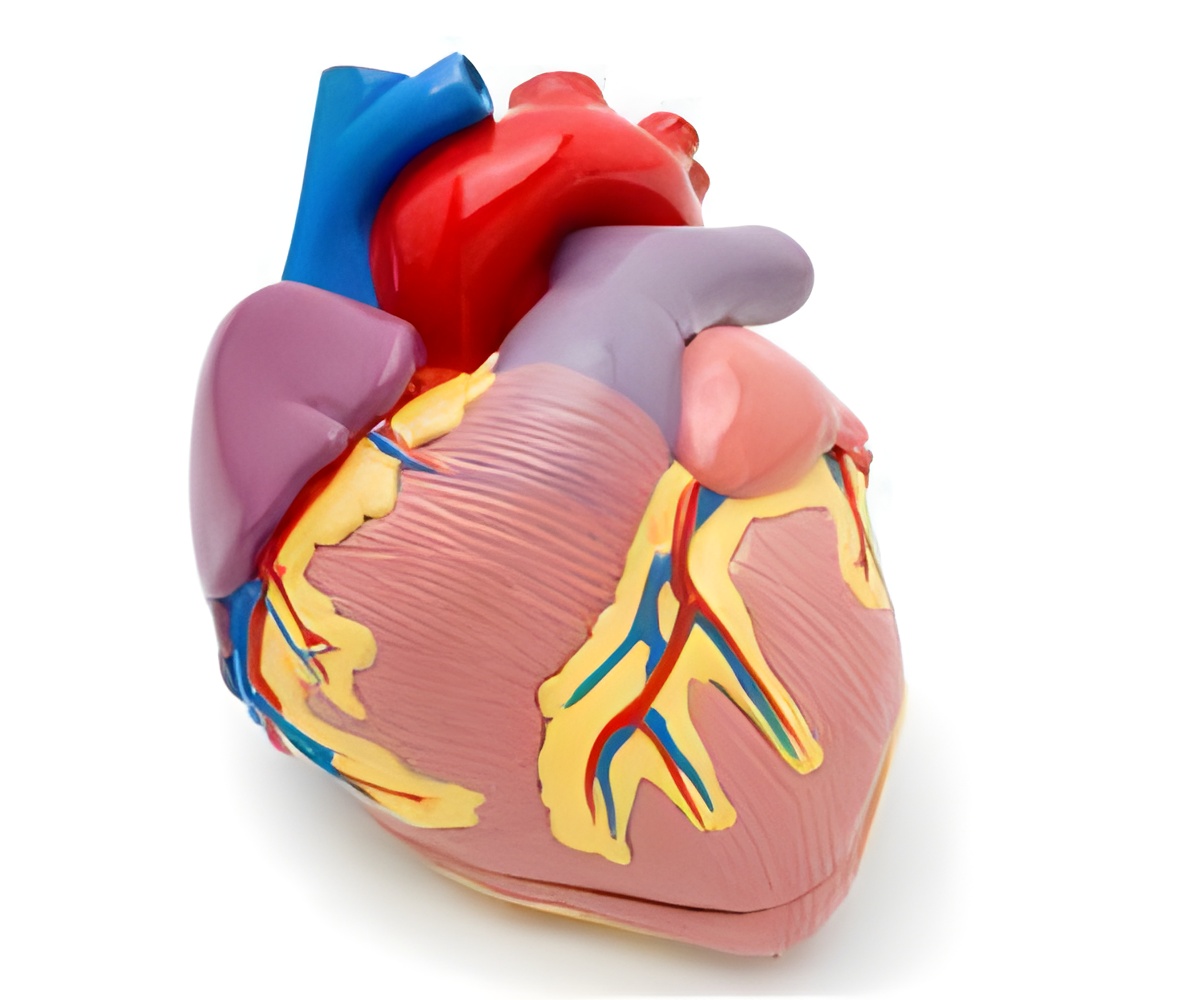
‘Dystroglycan 1, a component of the DGC pathway, directly binds to Yap, a part of the Hippo pathway, and this interaction inhibits cardiomyocyte proliferation.
’
Tweet it Now
"We are investigating the question of why the heart muscle doesn't renew. in this study, we focused on two pathways of cardiomyocytes or heart cells; the Hippo pathway, which is involved in stopping renewal of adult cardiomyocytes, and the dystrophin glycoprotein complex (DGC) pathway, essential for cardiomyocyte normal functions," shared senior author Dr. James Martin, professor and Vivian L.Smith Chair in Reenegrative Medicine at Baylor College of Medicine.Previous work had hinted that components of the DGC pathway may somehow interact with members of the Hippo pathway. In this research, Martin and colleagues studied the consequences of this interaction in animal models. The researchers genetically engineered mice to lack genes involved in one or both pathways, and then determined the ability of the heart to repair an injury.
Martin shared, "The discovery that the Hippo and the DGC pathways connect in the cardiomyocyte and that together they act as 'brakes' or stop signals to cell proliferation opens the possibility that by disrupting this interaction one day it might be possible to help adult cardiomyocytes proliferate and heal injuries caused by a heart attack, for example.
Another long-term application of this discovery could be to improve cardiac function in children with muscular dystrophy. "Patients with muscular dystrophy can have severe reduction in cardiac function. Our findings may help to design medicines to slow down cardiac decline in muscular dystrophy by stimulating cardiomyocyte proliferation. In order to do that, we need more research to understand cardiomyocyte growth control pathways in greater detail," explained Martin.
Advertisement









